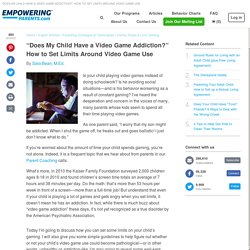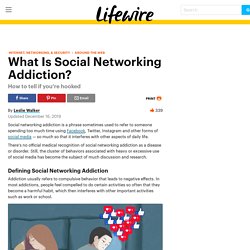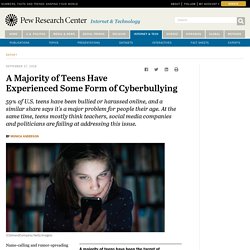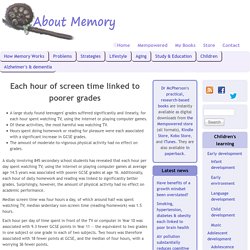

Piaget's theory. Pre op stage. Screen time. Recommended amount of screen time for pre-adolescents. Too much screen time. Blue light affecting the eye. How and Why Using Electronic Devices at Night Can Interfere With Sleep. Ninety percent of people in the U.S. admit to using a technological device during the hour before turning in, and children often use electronic media to help them relax at night.

If you’re among these nighttime technology-users, you may not realize the extent to which this can make it harder to settle down to sleep. But it can. Is there a link between screen time and childhood obesity? - ActiveSG. Child Addiction to Video Games. By Sara Bean, M.Ed.

Is your child playing video games instead of doing schoolwork? Is he avoiding social situations—and is his behavior worsening as a result of constant gaming? What Is Social Networking Addiction? Social networking addiction is a phrase sometimes used to refer to someone spending too much time using Facebook, Twitter, Instagram and other forms of social media — so much so that it interferes with other aspects of daily life.

There's no official medical recognition of social networking addiction as a disease or disorder. Still, the cluster of behaviors associated with heavy or excessive use of social media has become the subject of much discussion and research. Defining Social Networking Addiction. Social Media and Teens: How Does Social Media Affect Mental Health? Impact of Social Media on Youth. “Look,” says Sasha, a 16-year-old junior in high school, scrolling slowly through her Instagram feed.

“See: pretty coffee, pretty girl, cute cat, beach trip. It’s all like that. Everyone looks like they’re having the best day ever, all the time.” Magazines and advertising have long been criticized for upholding dangerously unrealistic standards of success and beauty, but at least it’s acknowledged that they are idealized. The models wearing Size 0 clothing are just that: models. A Majority of Teens Have Experienced Some Form of Cyberbullying.
59% of U.S. teens have been bullied or harassed online, and a similar share says it's a major problem for people their age.

At the same time, teens mostly think teachers, social media companies and politicians are failing at addressing this issue. Name-calling and rumor-spreading have long been an unpleasant and challenging aspect of adolescent life. But the proliferation of smartphones and the rise of social media has transformed where, when and how bullying takes place. A new Pew Research Center survey finds that 59% of U.S. teens have personally experienced at least one of six types of abusive online behaviors. Each hour of screen time linked to poorer grades. A study involving 845 secondary school students has revealed that each hour per day spent watching TV, using the internet or playing computer games at average age 14.5 years was associated with poorer GCSE grades at age 16.

Additionally, each hour of daily homework and reading was linked to significantly better grades. Surprisingly, however, the amount of physical activity had no effect on academic performance. Median screen time was four hours a day, of which around half was spent watching TV; median sedentary non-screen time (reading/homework) was 1.5 hours. Each hour per day of time spent in front of the TV or computer in Year 10 was associated with 9.3 fewer GCSE points in Year 11 — the equivalent to two grades in one subject or one grade in each of two subjects. Two hours was therefore associated with 18 fewer points at GCSE, and the median of four hours, with a worrying 36 fewer points. References.